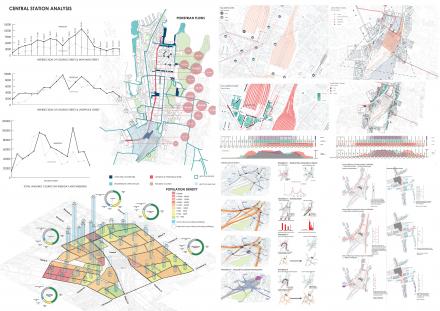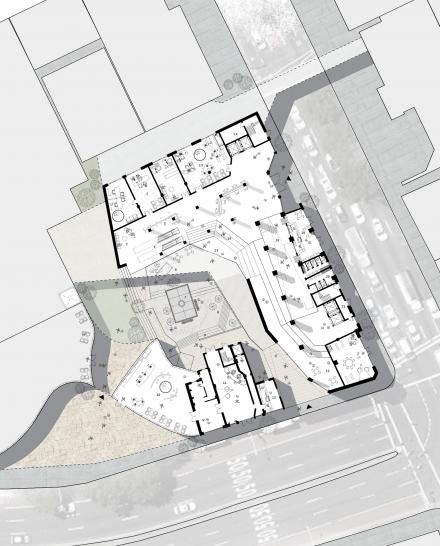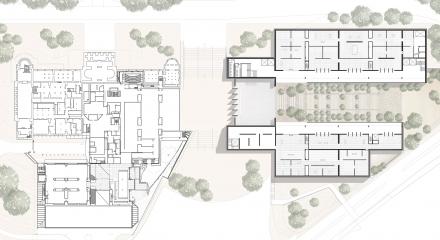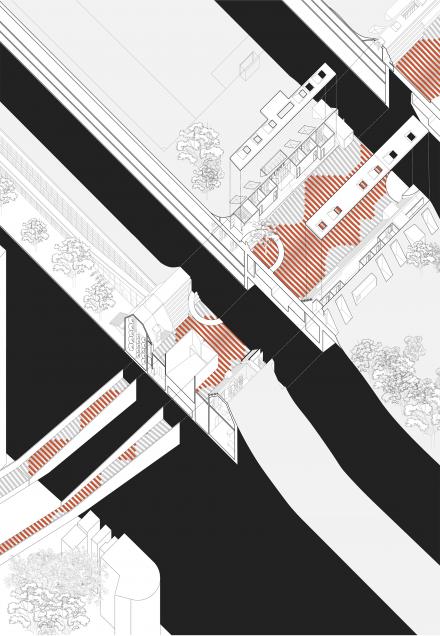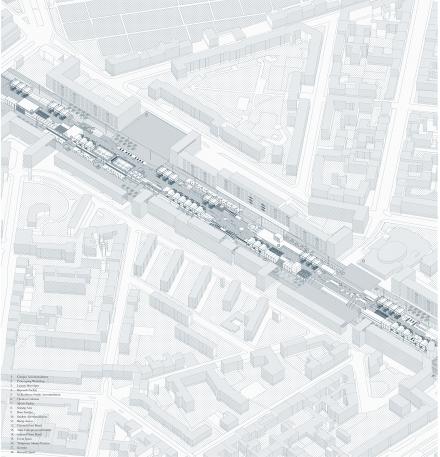Sydney’s position as a highly desirable, liveable, global city has been driven in large part, by its spectacular harbour setting. Sydney Harbour, however, only extends just over 10 km inland, and competition to live close to the water with access to the city centre has created an affordability and connectivity crisis. Over the next four decades, Sydney’s population is projected to grow by over 60% to 8 million. As metropolitan Sydney expands westward to cater for growth, the Greater Sydney Commission has proposed a need to conceive of Sydney as three cities: a Harbour City in the east, a River City around Parramatta, and a New West Sydney Aerotroplis around Badgerys Creek—the ‘Third City’.
This studio aimed to define the Third City’s philosophical relation to landscape, nature and climate and use it as a driver for urbanism. Students questioned whether landscape is overrun by the city or taken as a carrier for design. Is nature degraded or will biodiversity be enhanced due to urbanisation? Is climate seen as a threat or as an opportunity to develop new urban form?
Students examined the Harbour and River Cities, extracting their urban DNA to inform a structuring narrative for the Third City. How can the Third City, a ‘parklandscape’, which is largely flat and often 5-10 degrees hotter than the east become a new and improved 21st-century version of the Harbour City? How can the Third City resolve the broader challenges facing a growing metropolitan Sydney, such as economics, affordability and connectivity?



